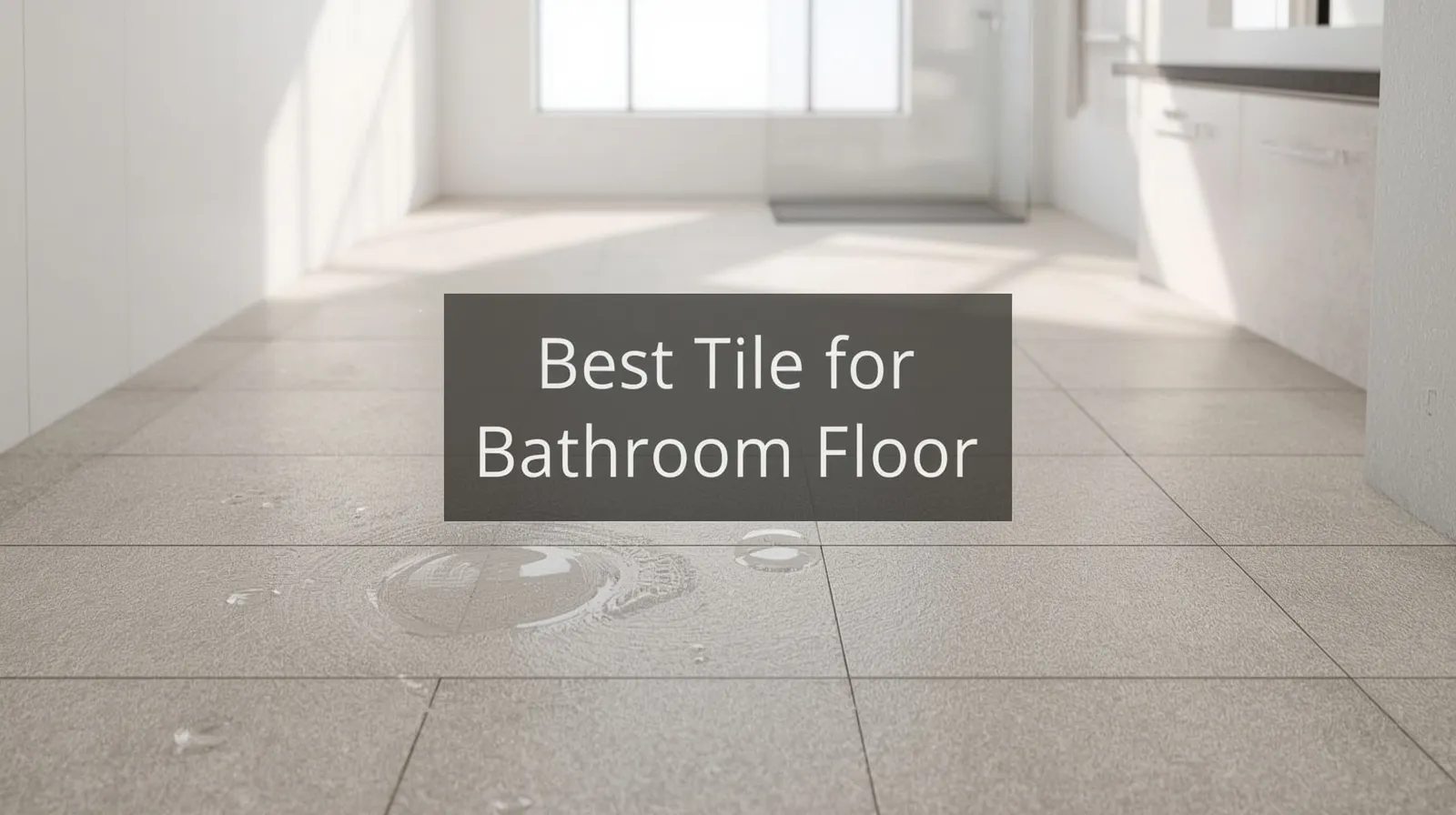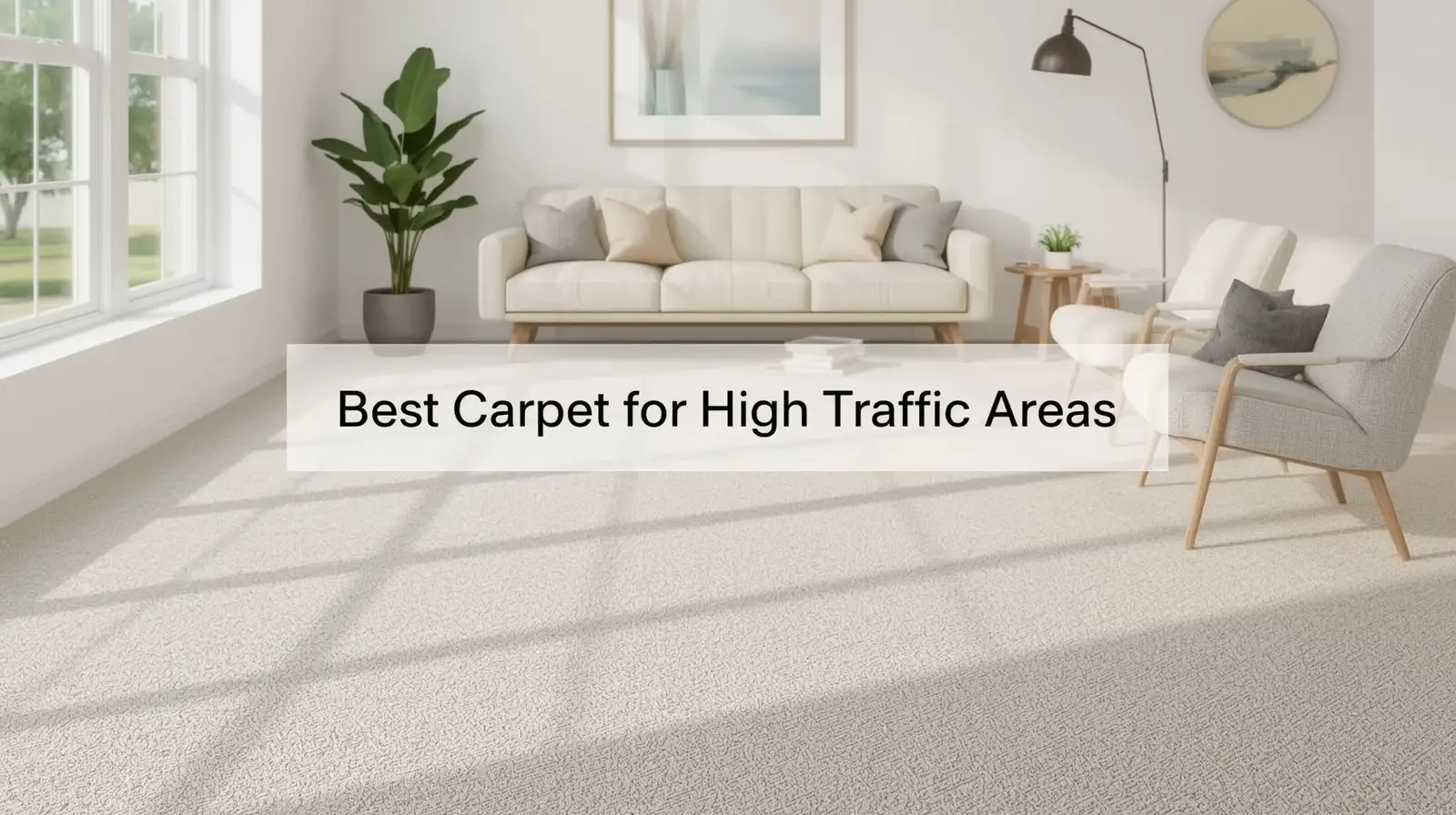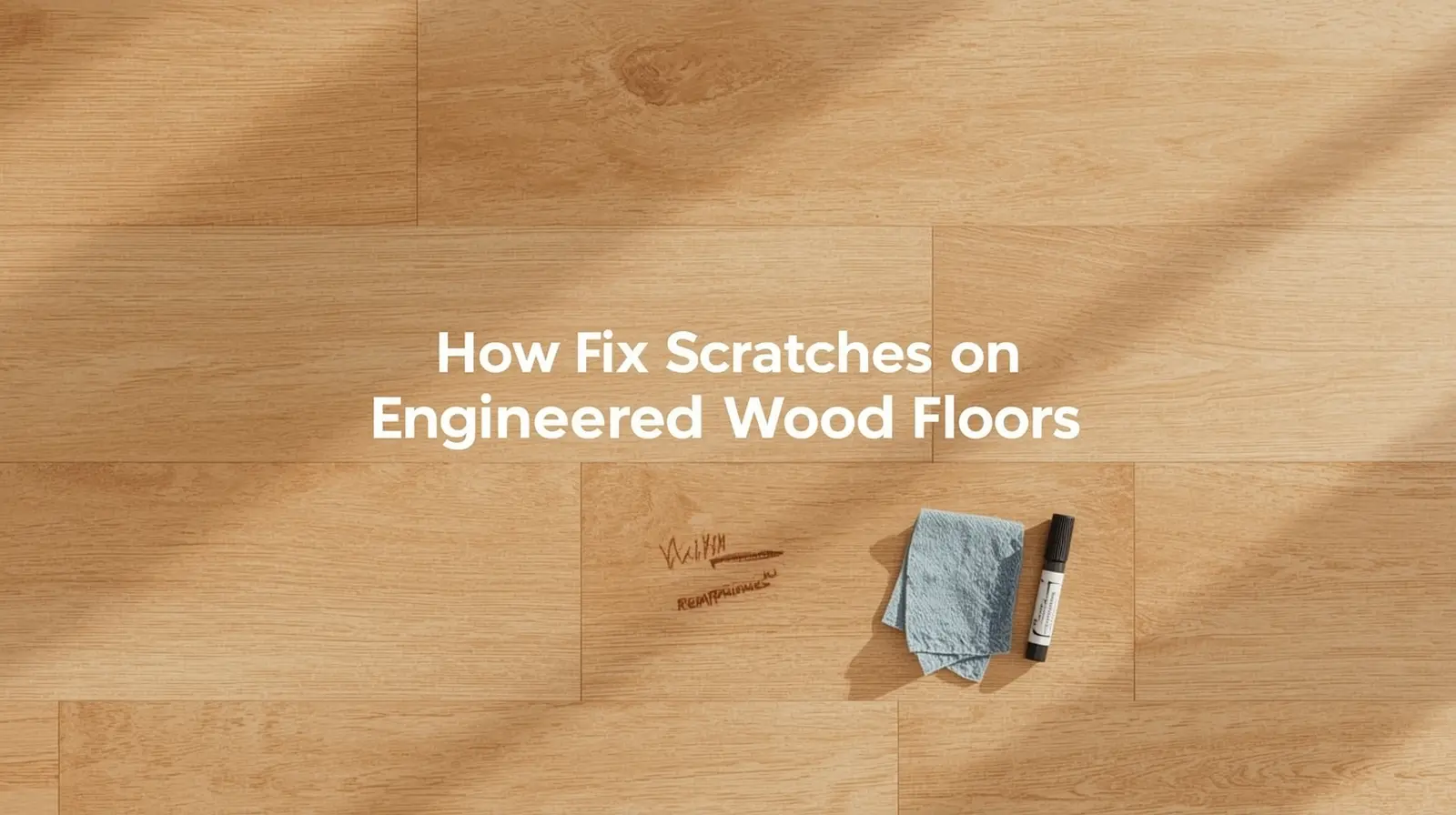The short answer to why are blinds so expensive is that high-quality blinds combine durable materials, precision engineering, and custom craftsmanship that cheap options can’t match. They last longer, work better, and improve your home’s comfort, privacy, and appearance. When installed by experts like CV Floor & Blinds, blinds become a smart, long-term investment that transforms how you experience your space.
The Real Reason People Wonder Why Blinds Feel Like a Big Investment
Blinds are one of those home features that many people overlook until it’s time to replace them. Then suddenly, the question pops up “Why do they cost this much?” The truth is, good blinds are not a simple household item. They’re engineered pieces of design that balance light, privacy, and insulation all at once.
When you buy a pair of shoes, you can feel the difference between a cheap pair and a premium one after a few weeks of use. Blinds work the same way. High-end blinds are made to move smoothly every time you pull the cord, resist warping under sunlight, and still look new years later.
Most people notice the price tag first, but what they’re really paying for is lasting performance, cleaner design, and professional-grade quality. Once homeowners experience the benefits, they understand that blinds are not just decoration they’re a comfort feature that improves how a home feels every day.
Why Are Blinds So Expensive and Are They Really Worth It?
When someone asks “why are blinds so expensive,” it’s usually because they’ve compared custom blinds to a cheap store-bought set. The difference lies in precision and purpose. Custom blinds are made for your exact windows, not a random size that almost fits. That means no gaps, no crooked edges, and no awkward trimming.
This accuracy ensures that light is controlled exactly how you want it. When blinds are cut to fit tightly, they block out more heat and glare. They also move quietly and smoothly. Store-bought blinds often feel flimsy or uneven because they’re mass-produced in bulk.
So, are blinds expensive? Not when you see what goes into them. You’re investing in something that saves energy, enhances your design, and functions perfectly every day. The difference is clear the moment you install them you can see and feel the quality.
What Makes Premium Window Blinds Stand Out From Standard Ones
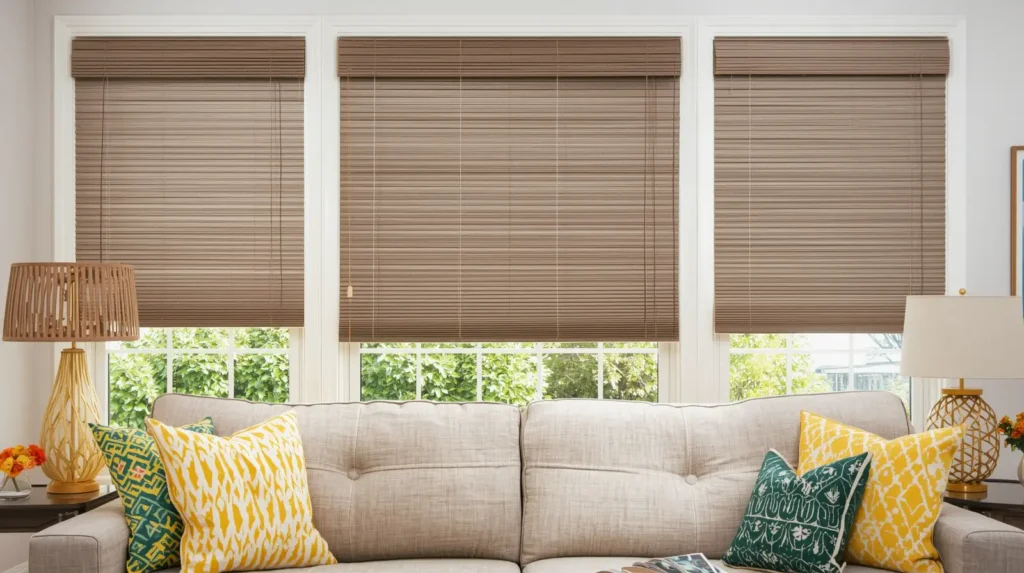
Think of premium blinds like a car built with high-grade parts. The difference isn’t just what you see on the surface — it’s in how they perform and how long they last. Premium blinds use stronger slats, better coating, and smoother mechanisms. Their cords don’t tangle easily, their color doesn’t fade quickly, and they resist damage from sunlight or humidity.
Standard blinds often look fine at first, but after a year or two, they may twist, fade, or stop rolling properly. They can also be harder to clean, as cheap finishes collect dust faster. Premium blinds, on the other hand, are made with materials like hardwood, faux wood, or heavy-duty fabric that stay durable for years.
Over time, that quality means fewer repairs, no replacements, and a consistent, polished look that matches your home’s style.
Materials That Shape the Look, Feel, and Durability of Blinds and Shades
One major reason people think blinds are expensive is because they don’t realize how much materials matter. The type of material you choose affects everything the appearance, the performance, and how long it will last.
- Wood Blinds: These bring a natural, warm feel to your room. Real wood costs more because it’s durable, elegant, and timeless. Wood blinds also insulate better than metal or plastic.
- Faux Wood Blinds: These look like wood but are made from composite materials. They’re moisture-resistant, perfect for kitchens or bathrooms, and more affordable while still long-lasting.
- Vinyl or Aluminum Blinds: Lightweight and simple, these are great for smaller budgets or rental properties. They’re functional but not as refined in appearance.
- Fabric Shades (Roman, Cellular, Roller): These use textiles that diffuse light beautifully and improve energy efficiency. The quality of the fabric its weave, coating, and lining determines durability.
Premium blinds use materials that are tested for sunlight exposure, moisture, and smooth operation. That’s part of what increases their value and explains the difference between basic and premium options.
Custom Fit and Style: How Personalization Changes the Entire Experience
Customization is another big reason behind the cost. When blinds are custom-made, they are designed for your windows, not a factory’s “standard size.” That means every edge lines up perfectly, every corner fits snugly, and the whole look feels seamless.
Beyond fit, customization lets you choose from a range of fabrics, slat widths, colors, and finishes. You can match your home’s architecture, lighting, and color palette. That level of detail creates a balanced, finished look that pre-made blinds can’t achieve.
Custom blinds also let you decide on control options manual pull cords, cordless designs for safety, or even automated controls. The more personalization you add, the better the experience and yes, the more work required from the manufacturer. But the result is something made specifically for you, not just your window measurements.
Expert Installation and Why It Makes a Big Difference
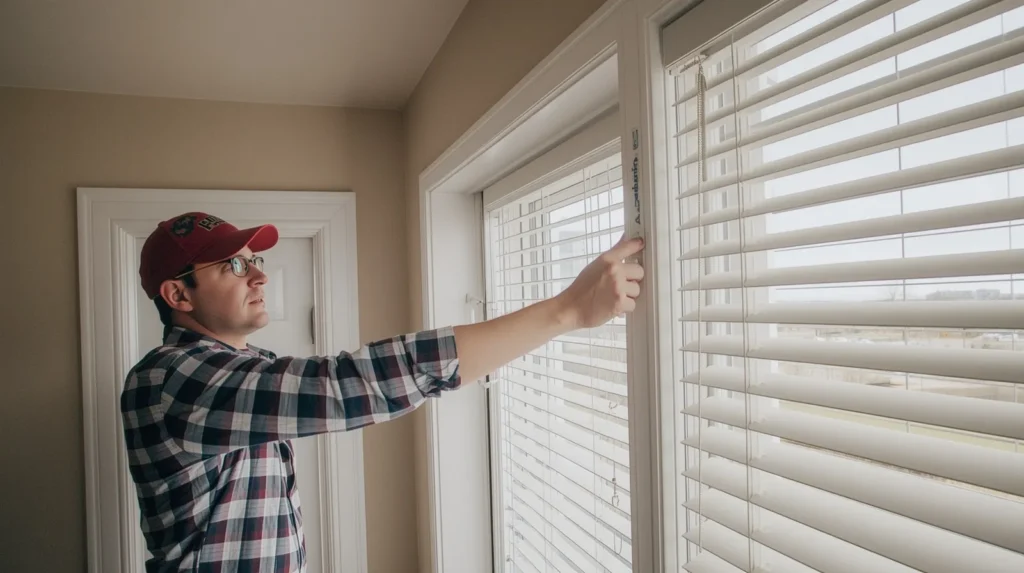
Even perfectly made blinds can fail without professional installation. Installing blinds isn’t just about screwing in brackets it’s about precision measurement, alignment, and safety. A small tilt or uneven fit can cause them to drag or stop rolling.
Professional installers make sure the blinds sit straight, operate smoothly, and seal properly against the frame. They use the right anchors and mounting depth to avoid future issues. This level of detail takes training and experience, and that service is part of what you pay for.
Think of it like having custom cabinets you wouldn’t want to install those alone. Blinds require the same professional touch for perfect function and long-term durability.
The Smart Side: Motorized and Automated Blinds for Modern Living
Modern technology has changed the world of window coverings. Motorized blinds are one of the biggest innovations in home comfort. With one click on a remote or app, you can open or close your blinds instantly. Some advanced models even connect to your smart home system, adjusting automatically to sunlight or time of day.
This kind of automation requires small motors, sensors, and wireless integration. That’s where engineering and cost come in. The motor units, battery systems, and signal receivers all need to work together quietly and reliably.
The payoff, however, is huge especially for tall or hard-to-reach windows. Automated blinds provide convenience, accessibility, and safety. They also help manage energy more effectively by responding to sunlight automatically.
For many homeowners, this technology turns blinds into an everyday luxury that makes life easier
Why Shades and Window Treatments Often Seem More Luxurious Than Blinds
Shades and other window treatments are often compared to blinds, and people sometimes wonder why they feel more “high-end.” The answer lies in how they’re built. Shades use continuous fabric rather than separate slats, giving them a smooth and elegant finish.
Roman shades, roller shades, and honeycomb shades all offer soft, seamless coverage. They can block light completely or allow a filtered glow depending on fabric choice. Many are lined for better insulation or room-darkening.
The level of detail in sewing, fabric selection, and mounting makes shades more costly to produce. But like blinds, their higher value comes from design and durability rather than just material.
Still, blinds remain one of the most versatile and customizable options they can adapt to almost any style or function, which makes them a favorite for both modern and traditional homes.
Energy Efficiency: How Blinds Help You Create a Comfortable Home
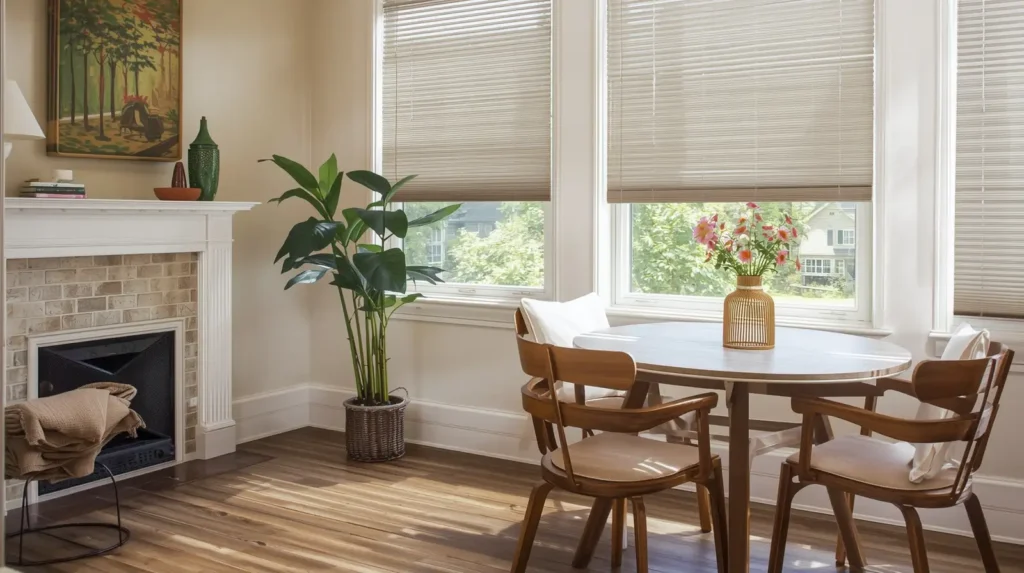
Energy efficiency is one of the most underrated benefits of good blinds. When installed properly, they act like temperature regulators for your home. In summer, they block direct sunlight and prevent your rooms from overheating. In winter, they add an extra layer of insulation, keeping warm air in and cold air out.
Cellular shades, for example, have honeycomb-shaped air pockets that trap heat. Wooden and fabric blinds also reduce UV exposure, protecting your furniture, flooring, and décor from fading.
By managing how sunlight enters your space, blinds lower your energy bills and help create a steady indoor temperature. This makes them both practical and environmentally friendly. When you think about their long-term savings, their upfront expense feels more like a smart investment.
Local Insight: What Homeowners in Coachella, CA Love About Modern Blinds
In places with plenty of sunshine like Coachella, CA, blinds aren’t just about style they’re about survival. Excess sunlight can overheat interiors, damage furniture, and make air conditioning run constantly. Homeowners here often choose blinds and shades that combine cooling features with modern design.
CV Floor & Blinds has helped countless homeowners find solutions that balance beauty and performance. Many choose hybrid blinds made from UV-resistant materials or light-filtering fabrics that soften the glare while keeping rooms bright.
Locals also appreciate motorized blinds that can adjust throughout the day without effort. They’re a favorite for desert climates where managing light and heat makes a big difference in comfort.
Final Thoughts: Seeing the True Value in Quality Blinds
It’s natural to wonder why blinds feel pricey compared to other home items. But once you understand the materials, craftsmanship, and function behind them, the answer is simple they do more than cover windows. They enhance daily living.
Blinds regulate temperature, protect your interior, and improve how you enjoy your home. They also add beauty and structure to a room. The right blinds can make your space look polished, cozy, and thoughtfully designed.
Instead of seeing blinds as a short-term expense, think of them as a long-term feature that adds comfort, efficiency, and personality to your space.
When you choose experts like CV Floor & Blinds, you get not only the product but also the guidance, installation, and aftercare that keep your blinds working perfectly for years.
Ready to upgrade your home? Reach out to CV Floor & Blinds for expert recommendations and custom solutions. From design to installation, we’ll help you choose blinds that fit your style, improve comfort, and make every room shine with natural beauty.


